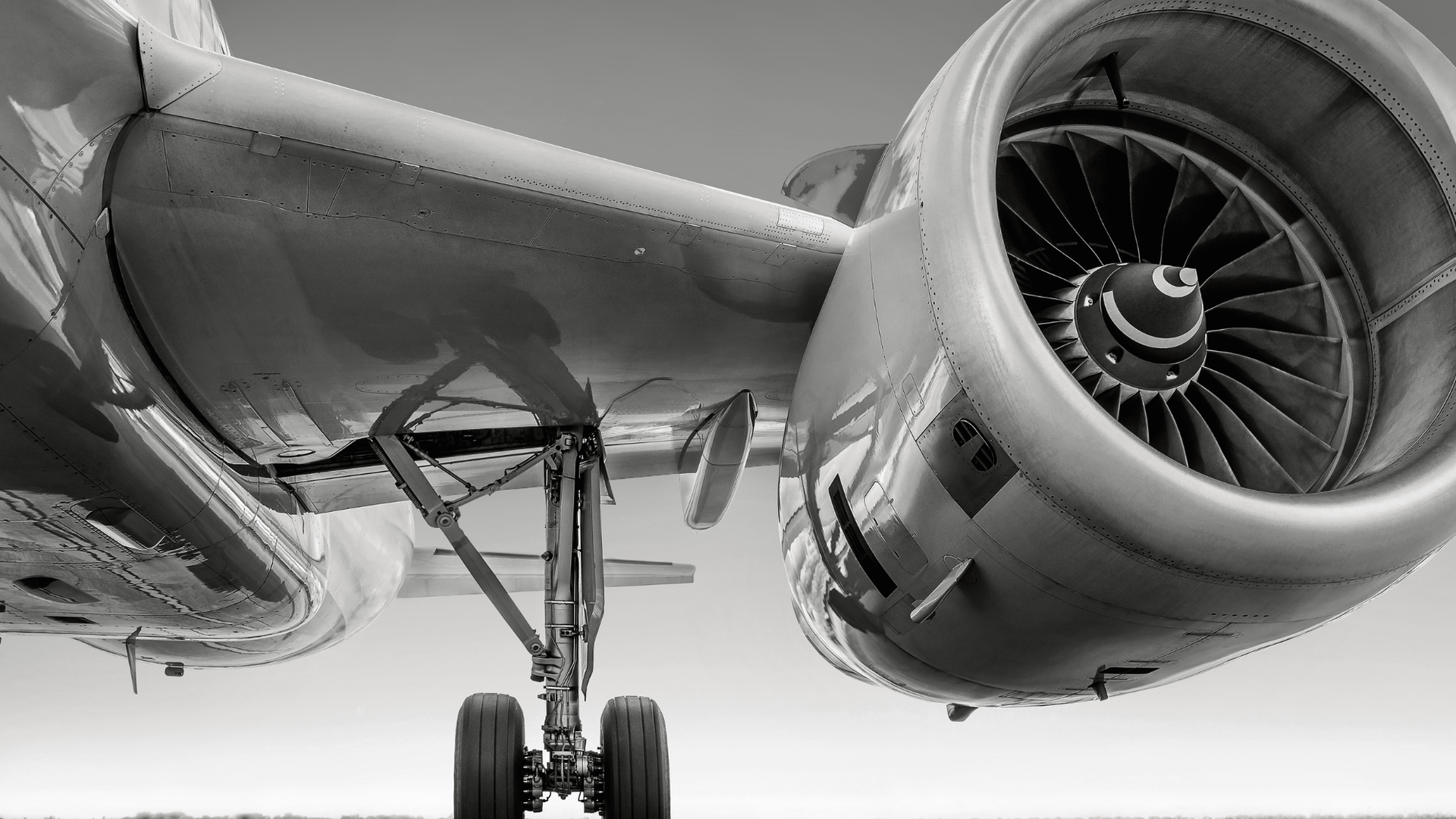

High-temperature alloys, or superalloys (primarily nickel, cobalt, or iron-based), are engineered to withstand extreme conditions (600°C to over 1500°C) where conventional metals fail. Their exceptional strength, creep resistance, and corrosion resistance are vital for jet engine components like combustion chambers and turbine blades, as well as other critical structures like landing gear. This material prowess directly translates to better engine performance, improved fuel efficiency (up to 15-20% reduction in fuel consumption in recent decades), extended component life, and enhanced aircraft safety and reliability.
The aerospace industry faces significant challenges due to its reliance on virgin superalloys. One of the most pressing issues is the exorbitant cost associated with these materials; for instance, raw materials like nickel can reach prices of up to $20,000 per metric ton, compounded by the complexities of their manufacturing processes. This dependency also makes the supply chain vulnerable, as the industry relies on a limited number of global sources for critical elements like titanium and cobalt. This creates geopolitical dependencies that contribute to price volatility, and the fact that some rare alloying elements are by-products adds another layer of systemic risk.
Additionally, the environmental impact of extracting and processing virgin metals is substantial. The energy-intensive nature of these processes leads to considerable greenhouse gas emissions and environmental degradation. Alarmingly, during the production and processing of superalloys, over 70% of materials can end up as scrap. Yet, only about 10% of aerospace materials are currently being recycled, which highlights the unsustainability of the industry's current approach to raw materials.
On the other hand, recycling superalloys presents a powerful and multifaceted solution. Not only does it promote enhanced aviation efficiency with recycled alloys retaining their properties to create lighter and more durable components, but it also offers significant cost savings. By reducing reliance on expensive virgin materials, recycling can slash energy consumption in manufacturing (up to 95% for aluminum), lower the bill of materials for original equipment manufacturers (OEMs), and increase manufacturing throughput. Furthermore, it minimizes maintenance costs due to the durability of recycled components and transforms scrap from a waste stream into a potential revenue source.
The strategic edge gained through recycling contributes to fortified supply chains as well, establishing a local and predictable supply of critical materials, which in turn mitigates geopolitical risks and price fluctuations. It also aligns with environmental, social, and governance (ESG) objectives by drastically reducing waste, up to 60% of aircraft structural weight can be reused, conserving natural resources, and cutting greenhouse gas emissions to levels below 5% of those produced from virgin materials. This alignment is increasingly important in response to growing regulatory and societal demands for sustainability.
The urgency to recycle now is more pronounced than ever, driven by the rising number of end-of-life aircraft that are metal-rich and being retired, offering a significant reservoir of materials. Additionally, the aerospace industry's growth is leading to a surge in superalloy demand, which is projected to exceed 20% annually. Heightened regulatory and societal pressures regarding sustainable practices further underscore the importance of early adoption of recycling initiatives, which can provide a competitive advantage while fostering resilient, cost-effective, and sustainable operations.
Innovations in recycling methods are also paving the way for greater circularity within the industry, despite the inherent challenges associated with recycling complex superalloys. Advanced techniques such as mechanical recycling, various chemical processes (including hydrometallurgical and pyrometallurgical methods), laser-based sorting, and plasma arc technology are significantly improving the efficiency and purity of recycled materials. Furthermore, additive manufacturing, or 3D printing, allows for the use of recycled metal powders to create intricate, high-performance aerospace parts, thereby reducing waste and reliance on new materials. Companies are also increasingly adopting closed-loop systems to reuse production scrap internally and are utilizing innovative melt-to-powder systems that directly convert scrap into high-performance powders, ultimately ensuring that recycled materials adhere to stringent aerospace quality and performance standards.
High-temperature alloy recycling is not merely an environmental preference but a fundamental economic and strategic imperative for the future of aviation. The aerospace industry's reliance on these advanced materials, while enabling unparalleled performance, exposes it to significant vulnerabilities related to escalating costs, complex manufacturing, and precarious supply chains.
By embracing circular economy principles, the aerospace industry can effectively mitigate the escalating costs and supply chain vulnerabilities associated with virgin material sourcing. Simultaneously, this shift unlocks significant operational efficiencies and financial savings across the entire value chain, from raw material procurement and manufacturing to fuel consumption and maintenance.
The advancements in recycling technologies, coupled with the rapidly increasing volume of end-of-life aircraft and the growing global demand for new superalloys, underscore the immediate urgency for widespread adoption of these practices. Delaying this transition will lead to missed economic opportunities, increased operational risks, and a failure to meet evolving regulatory and societal expectations for sustainability.
Companies like Quest Metals are at the forefront of this industrial revolution, providing the specialized expertise, advanced capabilities, and comprehensive, compliant solutions necessary to transform aerospace waste into valuable, high-purity resources. Their strategic partnership enables aerospace companies to confidently integrate recycled materials into critical applications, ensuring material integrity and maximizing financial benefits.
Charting a sustainable and profitable course for aviation demands a proactive and decisive shift towards high-temperature alloy recycling. This ensures long-term resource security, enhances environmental stewardship, and secures a vital competitive edge in a rapidly evolving global market. The time to act on this critical imperative is now.